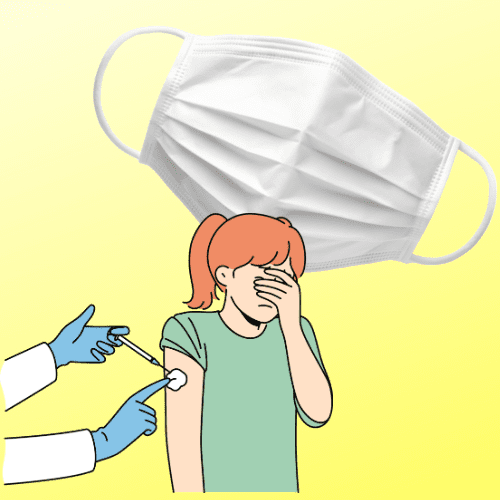

In the immediate aftermath of COVID, the rise of RSV infections and other common viral/bacterial infections filled the gap as the threat of COVID diminished. After on and off lockdowns, it was easy to connect the frequency of everyone getting sick to immunity debt – that a lack of exposure to common germs during the pandemic made everyone more susceptible when life returned to normal.
Now that we are several years out from the pandemic, researchers and doctors are having trouble explaining why both viral and bacterial infections have not returned to pre-pandemic rates. The research is opaque at best and leaves many befuddled.
According to Bloomberg, “Influenza cases in the US have jumped about 40% in the two post-Covid flu seasons, compared with the pre-pandemic years.” This trend is being seen around the world. Different upticks of a variety of illnesses are seen in different regions. Some areas are experiencing an increase in measles while others face increases of whooping cough or strep throat infections. Globally, 2022 recorded the highest number of tuberculosis infections since the 1990’s. In parts of Australia (which is currently entering its flu season) RSV has almost doubled compared to last year.
China is especially seeing an increase in bacterial infections coupled with drug resistance. It’s normal to treat children with IVs and Pfizer’s antibiotic Zithromax is often prescribed to prevent an infection instead of treating one. China’s cases of drug resistance to antibiotics in children is at 80% compared to 10% in the States, Europe, and other Asian countries according to a JAMA study. China attributes its outbreaks to several pathogens combined, and not a new “superbug”.
Is It Immunity Debt? Immunity debt is often perceived as a weakening of the immune system by a lack of exposure to pathogens, making people more susceptible to bugs. The immune system doesn’t exactly work like muscles – it doesn’t need time a the gym to get stronger. A more accurate of thinking of it is that exposure to different pathogens educates the immune system so that it knows what the threats are to react properly. Immune systems didn’t get weaker during COVID, but the lack of exposure didn’t educate immune systems to respond to new infections.
This is primarily relevant to babies born during COVID who did not get exposed to common germs until they were older. Consequently, a first exposure to an older child will cause a more severe reaction. However, the immunity debt theory doesn’t hold up for adults who have received plenty of exposure before and after the pandemic, or help explain mysteries like long covid. It also doesn’t explain the frequency of children still getting sick several years on.
Immunity debt may explain increased sickness in children, but even by now, we should be seeing a drop in children’s infections that does not appear to be happening. Another working theory to explain why kids are sicker now than before the pandemic is that infants that were nursing possibly didn’t get antibodies from the mother’s body because the mother wasn’t exposed during lockdowns. However, there isn’t much research to support this theory.
One explanation as to why infection rates are still so high could be as simple as data collection. After the pandemic populations are more eager to test and treat for diseases leading to higher positive rates. It’s impossible to determine if the same level of testing had been conducted in 2019 if the rates would still look significantly higher. It’s possible that the appearance of more infections is just in the numbers.
The high rates of infections are also bringing back pandemic debates about whether masks and lockdowns worked. Some use the current rise in infections to support that during lockdowns there were fewer infections, proving the effectiveness of COVID measures. The data can also suggest that post-pandemic vaccine hesitancy could be a factor. Especially in Europe and America where measles is showing up more frequently points to families that aren’t doing all of the recommended vaccines.
Another theory to explain high mortality rates from infections after the dust has settled from the pandemic is that lockdowns saved many immunocompromised or elderly who would have died from covid are dying now.
“Canada, Japan, Singapore, and Germany — places lauded for their successful efforts to contain Covid — are now seeing unusual levels of excess mortality”, said Christopher Murray, Washington-based director of the Institute for Health Metrics and Evaluation for Bloomberg. “In contrast, places that failed to control the spread of Covid, like Bulgaria, Romania and Russia, are now back to pre-pandemic mortality rates.”
Researchers are left not knowing where to look to explain why it seems the general population is getting sick more often. Some are attributing it to climate change, maxed out healthcare systems, and poverty levels. Unfortunately, we don’t have substantial evidence to support or rule out any theory. In the meantime, if it seems like people are getting sick more often than before 2020, it’s likely true. We just don’t know why yet.


